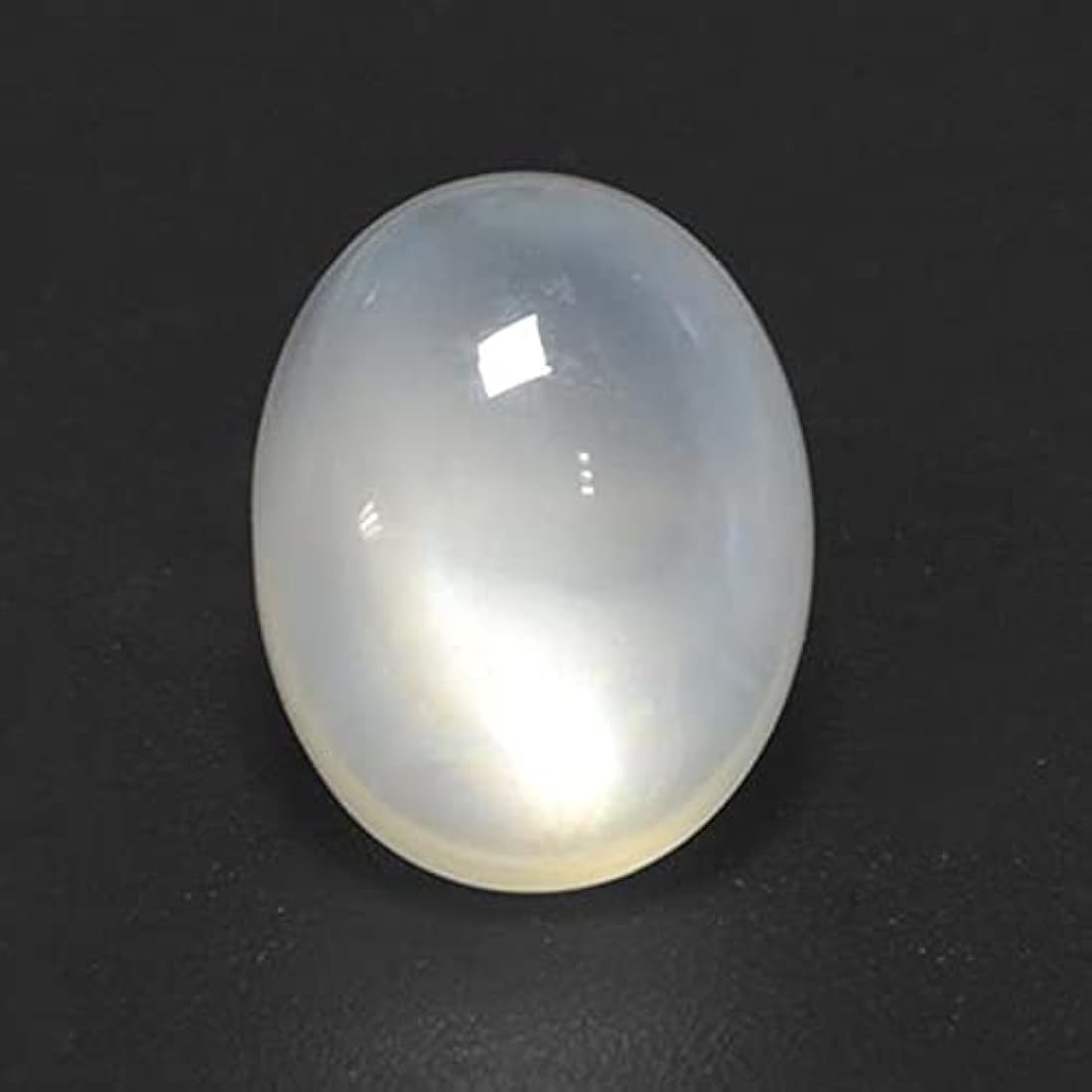How to Shop for Natural Moonstones: Price, Quality, and Origin

When you decide to shop natural moonstones, you’re entering a world of ethereal beauty and ancient mystique. Revered for their glowing sheen and celestial charm, moonstones have captivated hearts for centuries. At SHAS GEMS, we believe that understanding the essential aspects of price, quality, and origin is key to making a confident and informed purchase. Whether you’re a first-time buyer or a seasoned gem collector, this guide will help you choose the perfect natural moonstone.
What Makes Moonstones Special?
Moonstones belong to the feldspar mineral group and are best known for their adularescence – a soft, billowy light that appears to float just beneath the surface of the gem. This unique optical phenomenon is what gives moonstones their mystical aura and is a primary factor in determining their value. Natural moonstones come in various shades, including milky white, peach, gray, blue, and even rainbow hues. The most prized are the ones with a clear body and vivid blue sheen.
Price Guide: What to Expect
When you shop for natural moonstones, you’ll notice a wide range of prices. Here’s what influences the cost:
- Color and Clarity
High-quality moonstones are transparent to semi-transparent with a striking blue adularescence. Opaque or cloudy stones with weak sheen are typically less valuable. Clear stones with minimal inclusions fetch higher prices. - Size and Cut
As with most gemstones, the size significantly affects the price. Larger moonstones with intense color and clarity are rare and command premium rates. The cut also matters; cabochon cuts (rounded, polished tops) are common, but well-cut faceted moonstones can be more expensive due to the skill required. - Origin
The source of the moonstone can also impact pricing. Sri Lankan moonstones are highly sought after for their clarity and strong blue sheen, while Indian moonstones are admired for their wider color variety.
Price Range Estimate:
At SHAS GEMS, natural moonstones typically range from $20 to $300 per carat, depending on the above factors. Specialty or collector-grade stones may exceed this range.
Quality: What to Look For
When evaluating moonstone quality, consider the 4 Cs – Color, Clarity, Cut, and Carat:
- Color: Look for a glowing blue or rainbow sheen. Neutral background colors like transparent white or soft gray enhance the effect.
- Clarity: High-quality stones should have few visible inclusions. “Centipede” inclusions (fine, needle-like structures) are common in moonstones but should not dominate the stone.
- Cut: The shape and surface finish affect the visual appeal. Smooth, symmetrical cabochons that maximize adularescence are ideal.
- Carat: Larger moonstones are rarer and more valuable, but quality should not be compromised for size alone.
Always examine moonstones under soft lighting and tilt the stone gently to observe the sheen. A high-quality moonstone will display a floating light effect that appears to glide across the surface.
Origin Matters: Where Do the Best Moonstones Come From?
The origin of a moonstone not only affects its quality and price but also adds depth to its story. Here are some of the most notable sources:
- Sri Lanka: Known for producing the finest blue-sheen moonstones, often transparent and high in clarity. These are the most valuable and highly prized among collectors and jewelry designers.
- India: Offers a variety of moonstones in different colors including peach, green, and rainbow. Indian moonstones tend to be more affordable and are often used in bohemian or artisanal jewelry.
- Myanmar (Burma): Produces some exceptional moonstones with a silvery blue sheen, though they are less common.
- Madagascar and Tanzania: Emerging sources that offer interesting variations, though quality can vary.
At SHAS GEMS, we source our moonstones ethically and directly from reputable mines in India, ensuring authenticity and quality in every gem.
Tips for Buying Natural Moonstones
- Buy from Trusted Sellers
Always purchase from reputable dealers like SHAS GEMS, who provide genuine certifications and detailed descriptions. - Request Certification
A gemological certificate from a recognized lab ensures the stone’s authenticity and provides a record of its attributes. - Compare Before You Commit
Don’t rush. Compare multiple stones to see differences in sheen, clarity, and color. This will train your eye and help you spot high-quality pieces. - Ask Questions
A good dealer will always be willing to answer questions about the stone’s origin, treatment (if any), and care instructions. - Think Long-Term
Choose a moonstone that aligns with your aesthetic and holds long-term appeal. A well-chosen moonstone can become a treasured heirloom.
Conclusion
To shop natural moonstones is to embrace both beauty and meaning. These gems, with their moon-like glow and metaphysical allure, make a timeless addition to any jewelry collection. At SHAS GEMS, we pride ourselves on offering high-quality, ethically sourced moonstones that meet the highest standards. With a clear understanding of price, quality, and origin, you’re now ready to select a moonstone that truly resonates with you. Let your journey to lunar elegance begin today.








